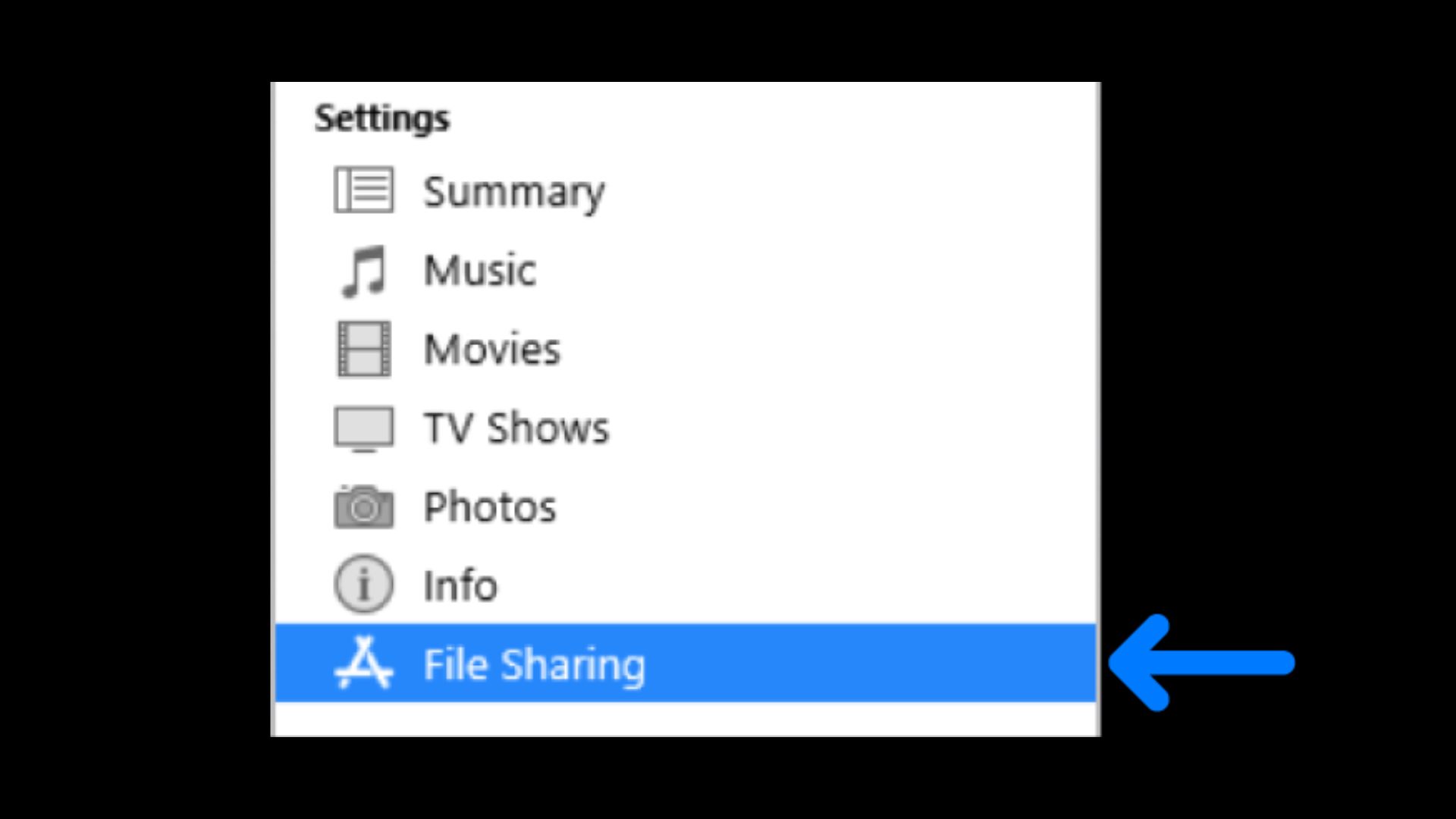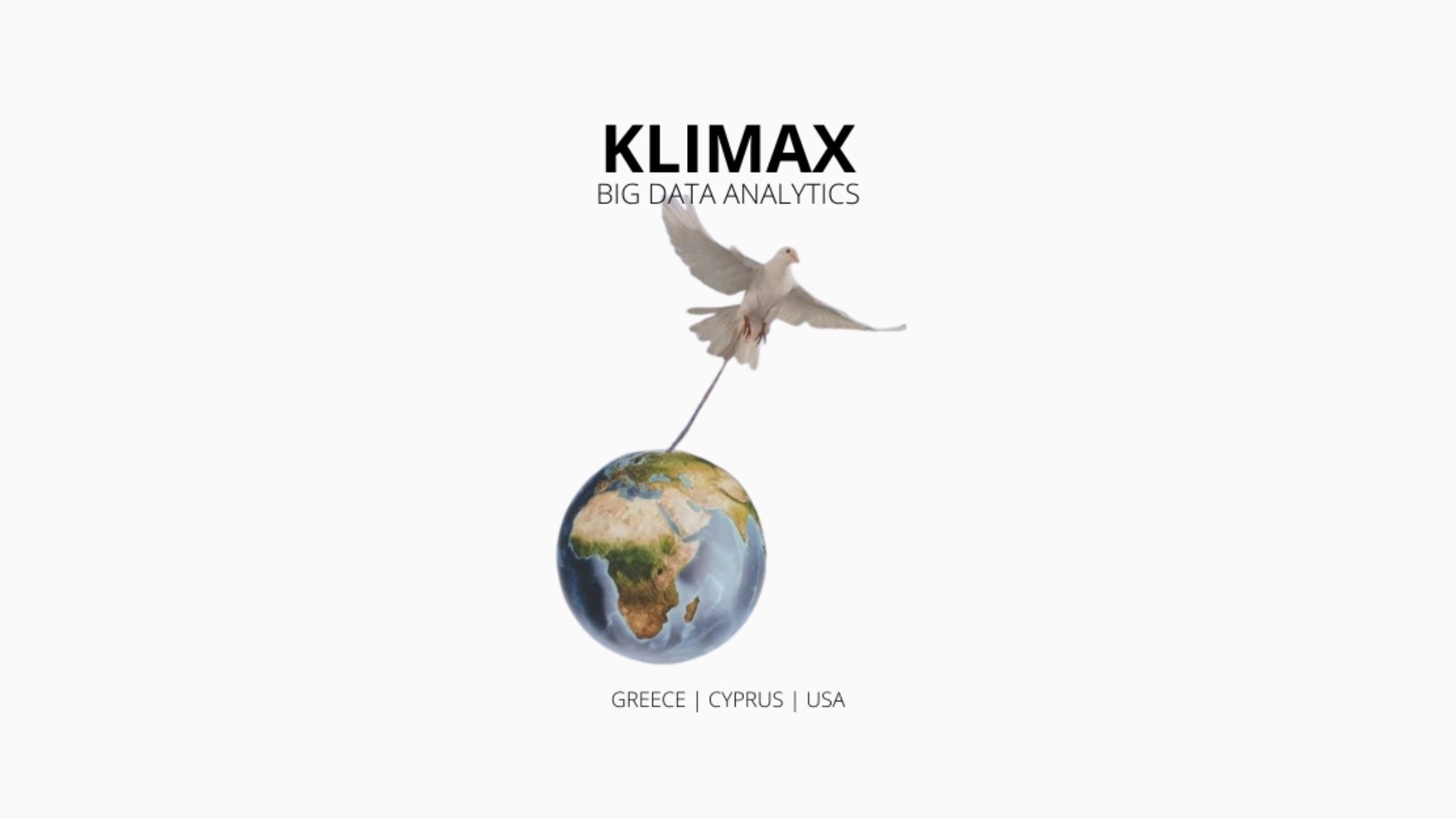How businesses can use data analytics
We’ve talked about how data professionals—data scientists and engineers—make use of data analytics, but it’s worth stopping to discuss how businesses make practical, everyday use of it. This is a challenging undertaking because the volume of data involved is so substantial. It’s important, therefore, to give careful thought to applications of data analytics.
As we’ve noted, unearthing genuine insights without good data analytics techniques is often very difficult. Here’s a step-by-step look at how businesses use data analytics, and the key questions they have to consider throughout the data analytics life cycle:
Planning and strategy: Before doing anything else with regard to data analytics, businesses must ensure that they have a long-term plan and clear objectives in mind. They must ask themselves questions about their data requirements: Namely, why they want to collect certain types of data (to learn more about customer interactions, for example) and what they hope to achieve.
Collecting data: Once businesses are clear in their own mind about the purpose of data analytics, they then need to determine which data sources they’ll be using, which data points they’ll be concentrating on and how to collect that data. Some simply use transaction and social media data, while others use high-tech sources including GPS and RFID chips.
Ensuring data is relevant: We mentioned earlier that raw data tells us very little at first glance. Businesses have to ensure that the quantitative data they collect is relevant and that they know how to make sense of it. Simply hoovering up huge quantities of data does little good—and may prove to be actively counter-productive.
Making effective use of data: Businesses which intend to deploy data analytics must think carefully about how they intend to do so, and provide sufficient resources for the purpose. Which metrics do you plan to use? Some businesses employ in-house data analysts, which can give them the edge over competitors, but for smaller firms, employing their own data specialists is unlikely to be viable.
Presenting data: Earlier, we mentioned the importance of data visualizations in presenting findings and rendering them more comprehensible. Tools like Tableau can help businesses with visualizing data in the form of charts and graphs. These can then make data presentation aids. For instance, in video tutorials and webinars, as well as for the eye-catching infographics that prove popular on sites like LinkedIn.
Acting on new insights: It’s one thing gaining all these insights via data analytics, but businesses must have an action plan in order to put them to practical use. How might certain findings help your business improve the service it provides to customers? How might you use it to reach new customers?















